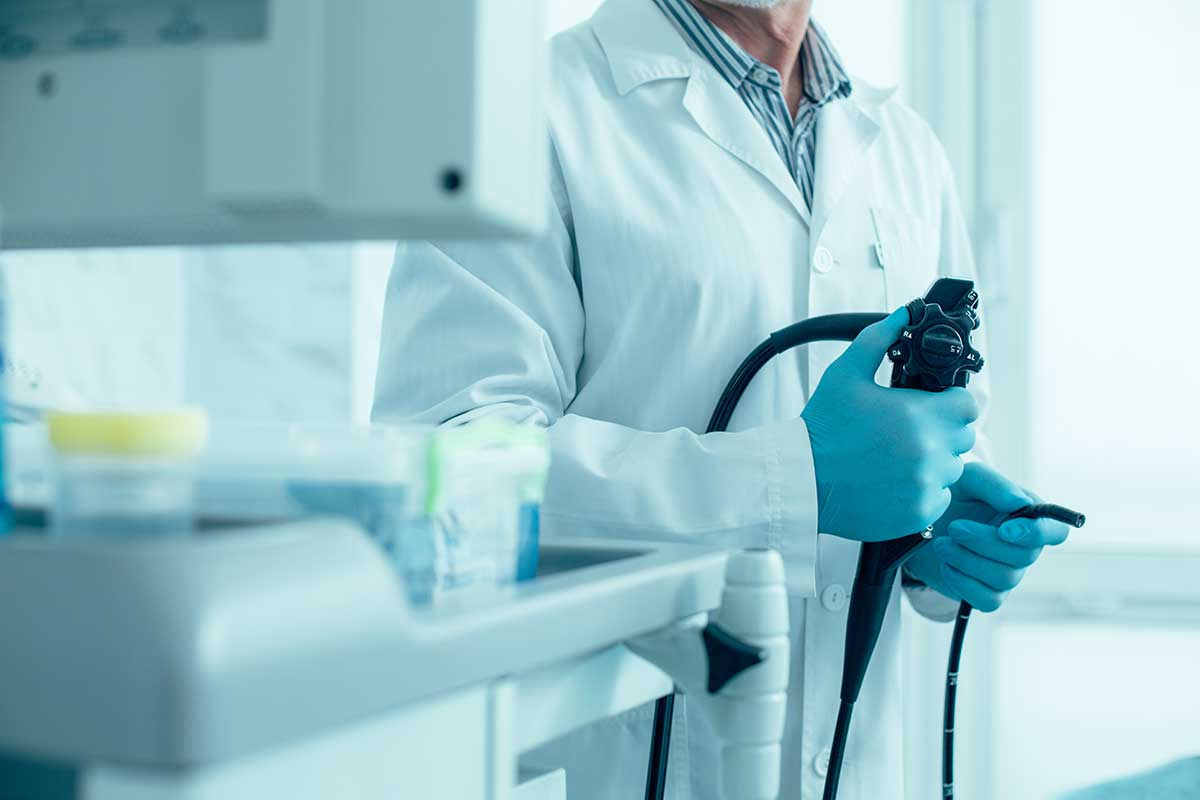Clinic Consultation is a trusted provider of specialized medical care, offering a wide range of exams and diagnostics with precision and efficiency. Among the services available at our Ajax / ON location, we highlight Bronchoscopy, an essential procedure for evaluating and treating respiratory system issues. With a highly skilled medical team and state-of-the-art technology, we ensure safety and comfort throughout every step of the exam.
Bronchoscopy is recommended for investigating symptoms such as persistent cough, breathing difficulties, or recurrent lung infections. At Clinic Consultation in Ajax / ON, we perform the exam in a modern and welcoming environment, providing a smooth experience for our patients. Additionally, our specialists are trained to interpret the results with precision, enabling a detailed diagnosis and the development of the most appropriate treatment plan.
If you are in Ajax / ON and need to undergo a Bronchoscopy, Clinic Consultation is your best choice. We offer fast scheduling, personalized care, and reliable results. Contact us today to book your exam and take care of your respiratory health with the support of a dedicated and experienced medical team!
Bronchoscopy is a medical procedure used to examine the airways, including the trachea, bronchi, and lungs. It is performed using a bronchoscope, a thin, flexible instrument equipped with a camera at the tip, which provides a detailed view of these structures.
This exam is widely used for both diagnostic and therapeutic purposes. As a minimally invasive procedure, bronchoscopy offers a safe and effective way to investigate respiratory issues, identify abnormalities, and perform biopsies on lung tissues when necessary.
What is Bronchoscopy For?
Bronchoscopy is essential for diagnosing conditions related to the respiratory system. It allows for the collection of tissue or secretion samples, identification of infections, evaluation of tumors, and removal of foreign objects from the airways.
Additionally, the procedure can be used to monitor the effectiveness of treatments in patients with chronic respiratory diseases or to guide interventions such as placing pulmonary stents in cases of airway obstructions.
How Does Bronchoscopy Work?
The procedure is performed with the patient under sedation or local anesthesia, depending on the case. A flexible bronchoscope is inserted through the upper airways, either through the nose or mouth, until it reaches the lungs.
During the test, the doctor can view the airways in real time and collect samples for laboratory analysis if necessary. The procedure typically lasts between 30 and 60 minutes and is well tolerated by most patients.
Types of Bronchoscopy
1. Flexible Bronchoscopy
This is the most common type, used for diagnostic purposes and minor interventions. The flexible bronchoscope allows for sample collection, removal of foreign objects, and direct administration of medication into the lungs.
2. Rigid Bronchoscopy
Used in more complex cases, such as removing large obstructions or tumors from the airways. It is performed under general anesthesia and is indicated for more invasive therapeutic interventions.
3. Diagnostic Bronchoscopy
Focused on investigating symptoms such as persistent cough, bleeding, or lung infections. This type of bronchoscopy allows for the collection of samples and detailed imaging of the airways.
4. Therapeutic Bronchoscopy
Indicated for treating specific conditions, such as removing tumors, placing pulmonary stents, or clearing obstructions in the airways.
What Conditions Can Bronchoscopy Detect?
- Lung Cancer: Identifies the presence of malignant tumors in the airways.
- Chronic Bronchitis: Evaluates persistent inflammation in the bronchi.
- Severe Asthma: Examines the degree of airway obstruction and inflammation.
- Pulmonary Infections: Such as pneumonia or tuberculosis, enabling sample collection for analysis.
- Interstitial Lung Diseases: Such as pulmonary fibrosis, to investigate diffuse lung lesions.
- Hemoptysis: Diagnoses the cause of bleeding in the respiratory tract.
- Foreign Bodies: Identifies and removes inhaled objects obstructing the airways.
When is Bronchoscopy Recommended?
- Persistent Cough: Without an apparent cause and resistant to conventional treatments.
- Bleeding in the Airways (Hemoptysis): To investigate the source of the bleeding.
- Recurrent or Chronic Infections: Such as repeated pneumonia or tuberculosis.
- Suspected Tumors: Evaluation and diagnosis of possible pulmonary masses.
- Diffuse Lung Diseases: Investigation of pulmonary fibrosis or widespread lung inflammation.
- Inhaled Foreign Bodies: For the safe removal of objects.
- Monitoring Chronic Diseases: Such as COPD or severe asthma.
Pre- and Post-Bronchoscopy Care
Pre-Test Care:
- Fasting for 6 to 8 hours before the procedure.
- Inform the doctor about any medications, allergies, or pre-existing medical conditions.
- Adjust or discontinue blood thinners if necessary.
Post-Test Care:
- Mild throat discomfort is common after the procedure.
- Avoid hot foods and strenuous activities for a few hours.
- Follow the doctor’s instructions regarding medications or additional care.
Contraindications for Bronchoscopy
While safe, bronchoscopy may be contraindicated in:
- Patients with severe respiratory failure without adequate support.
- History of severe allergies to sedatives or anesthetics.
- Untreated severe blood clotting disorders.
Alternatives for Those Unable to Undergo Bronchoscopy
- CT Scan: Provides detailed images of the airways without invasive intervention.
- Chest X-ray: For initial evaluation of pulmonary issues.
- Sputum Analysis: To investigate infections or abnormal cells.
Bronchoscopy is available at Clinic Consultation. Schedule your test with us to receive precise diagnostics and excellent care. Don’t leave questions about your respiratory health unanswered. Contact us today!
